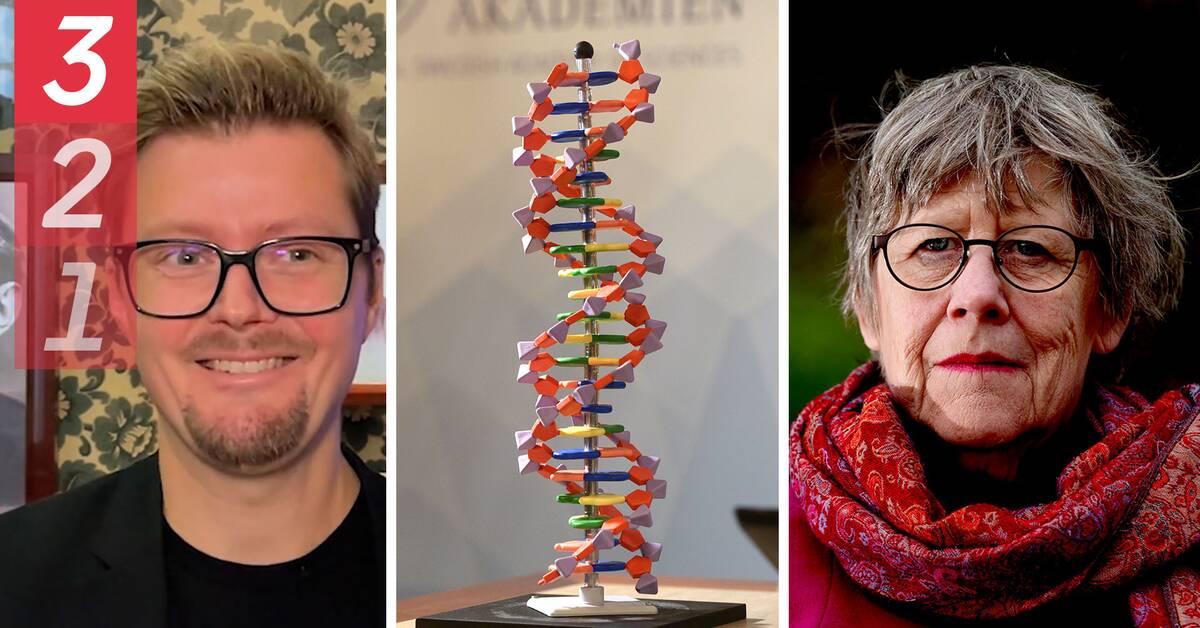- This is a prize that will go down in the history books, said Sten Linnarsson who is a professor at the Karolinska Institute when this year's Nobel Prize in Medicine or Physiology was presented.
Is he right?
Compare yourself with the previous medicine price in the video.
This is the opinion of two independent experts who did not select this year's award winner.
Have to wait another year for a female medicine award winner
- It's a fun award that puts humans in their right biological place among the other animals and shows that evolution is constantly ongoing, says Agnes Wold, professor of clinical bacteriology at the University of Gothenburg.
- In the field of physiology, this is one of the three most important discoveries that have received a Nobel Prize, but it is sad that they could not get together and give a prize to more women.
They've been fussing about this for so long, but I guess I'll have to wait another year for the Hungarian Katalin Karikó to receive a prize for her discovery that paved the way for the mRNA vaccines that have meant that we will soon be out of the covid pandemic, concludes Agnes Wold.
Maybe mRNA vaccines can instead get this year's chemistry prize, according to several assessors.
Price to what makes us humans unique
Nobel historian Gustav Källstrand, program manager at the Nobel Prize Museum, agrees with Agnes Wold that this year's award could qualify as the top three Nobel Prizes in medicine or physiology since the award began in 1901.
- Human evolution is a completely new field that has not received a Nobel Prize before and explains what makes us humans unique.
Why are we the only homo species left even though we didn't seem to differ that much genetically from previous pre-humans?, says Gustav Källstrand.
- In his book "Neanderthal man - on the hunt for missing genes" Svante Pääbo himself writes well about his research.
Those who doubt that we are descended from apes or that it is unscientific to try to group people into races, can convince themselves that there is an enormous amount of work behind his mappings, it is not far-fetched, concludes Gustav Källstrand.

